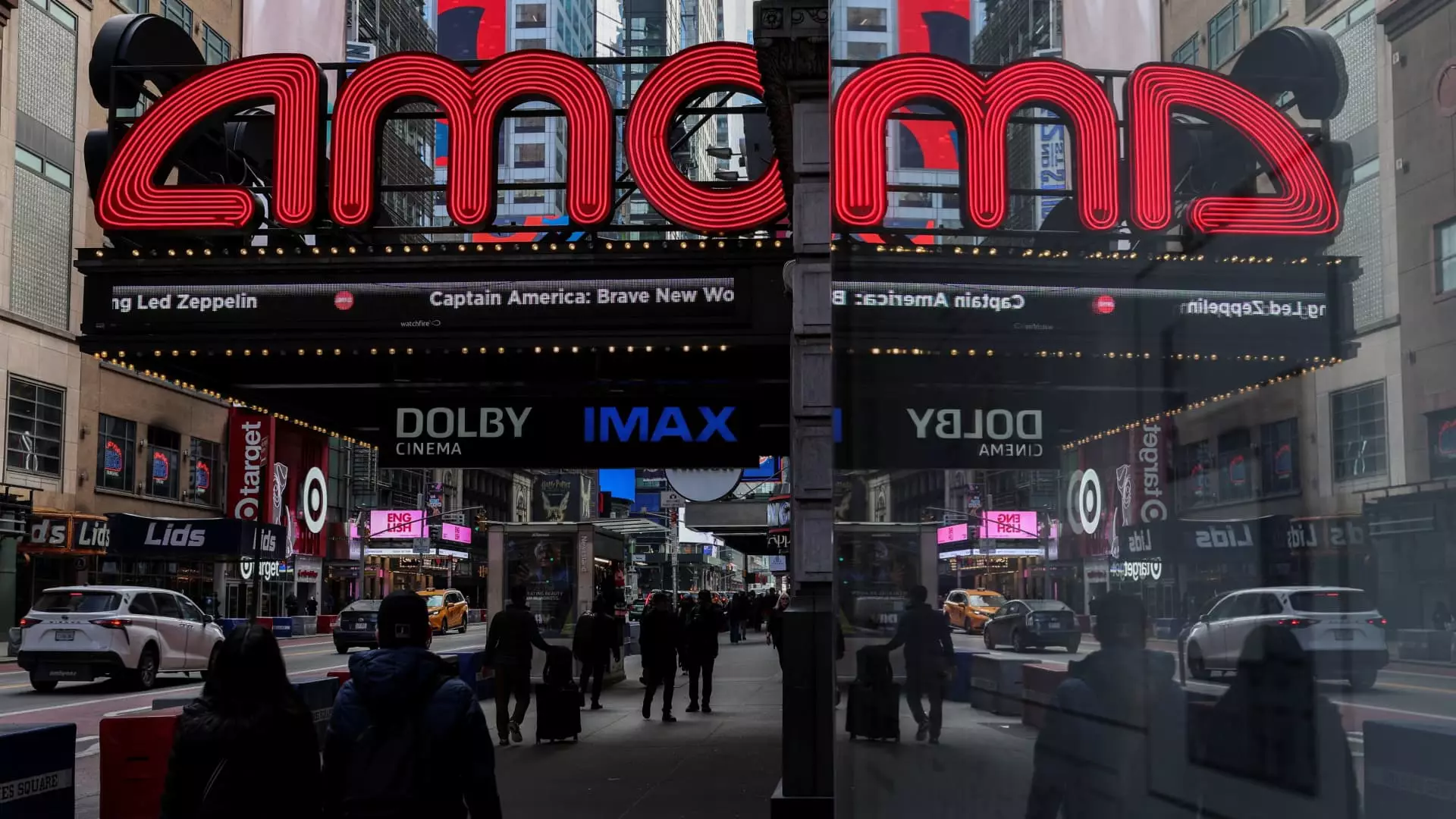The new wave of premium experiences in filmmaking, especially as fueled by notable names like AMC Entertainment and Dolby Laboratories, paints a promising picture for movie aficionados. With the reveal of expansion plans, including an investment in additional Dolby Cinema theaters and specialized auditoriums, one might expect unbridled enthusiasm. However, beneath the glittery surface lies a tumultuous reality that deserves scrutiny. A sizable increase in premium formats like Dolby Cinema and Screen X has many questioning whether they genuinely enhance the cinematic experience or if they can be characterized as mere marketing ploys designed to inflate ticket prices.
Convoluted Cinema Experiences
One fundamental issue surrounding the surge of premium formats is the sheer complexity of the offerings. Cinemas now boast a smorgasbord of choices: Dolby Atmos sound, Screen X’s 270-degree views, and 4DX effects that simulate wind and rain—all marketed as must-have experiences. It raises eyebrows when one realizes that the essence of cinema—storytelling—often takes a backseat to these technological spectacles. For the average moviegoer, choosing which format to experience a film can become an overwhelming decision. Should I opt for the dizzying Screen X, or go with the plush recliners of a Dolby Theatre? Such choices can detract from the simple joy of catching a movie.
Inflation of Ticket Prices: A Hidden Cost
Beyond the flash and the cinematic dazzle, let’s talk cost. Premium ticket prices hover around $17, representing an 8% escalation in just two years. While it could be argued, gleefully, that bigger screens and fancy seats come with higher operating costs, one must ask: are these inflated prices worth it for the average viewer? The reality is that many consumers opt for traditional screens, often left feeling that these ”enhanced experiences” are not worth the extra cash. The argument could be posited that Hollywood’s push for premium formats is a disservice to everyday moviegoers, making films less accessible and more of a luxury than an affordable entertainment option.
Saturation of Blockbusters: A Mark of Creativity’s Decline
The notion that premium formats are designed specifically for grand blockbuster films—think “Oppenheimer” and “Avatar”—is glaring. In a creatively barren landscape flooded by sequels, prequels, and franchises, these premium formats often seem to be a desperate measure to draw viewers back into theaters rather than an authentic celebration of the artistry of filmmaking. As studios continue to churn out repetitive blockbusters, the insistence on inflated, luxurious cinema experiences begs the question: are filmmakers leaning too heavily on technology and grandeur instead of creativity and originality? The audience’s appreciation for cinema appears to be diluted when every major release is marketed as a spectacle demanding premium prices.
The Pressure of the Premium Format
Consumer expectations are also shifting under the influence of these premium formats. There is a pervasive notion that if a film does not deliver an “all-the-bells-and-whistles” experience, it somehow falls short. While elevated experiences can be appreciated, they bear the burden of unrealistic expectations, not only on those films marketed as premium but even on the smaller, independent features that do not boast the same technological capabilities. As movies adapt to this evolving paradigm, the fear exists that perceived inadequacies may overshadow a film’s storytelling merits.
The Path Forward: A Return to Authenticity
Hollywood’s relentless push into premium formats highlights a dire need for introspection. A healthy balance between innovation and storytelling authenticity must be championed. The industry must not forsake the essence of what makes films great: captivating narratives and memorable characters. As stakes rise in ticket pricing, ensuring the value behind the ticket becomes paramount.
Audiences want rich, emotive experiences that connect with them on levels far deeper than technological gimmicks can achieve. If the industry wishes to thrive in the next decade, it should consider this vital lesson: cinema should be fundamentally about the story—a lesson that extolling the virtues of technology alone cannot aptly convey.

